I am a big fan of movies and am constantly drawn to their ability to provide escapism and inspiration. They transport me to different worlds, evoke deep emotions, and spark my imagination. Whether it is a thrilling adventure, a heartfelt drama, or a mind-bending sci-fi, movies never fail to entertain and inspire. These inspirations also offer profound insights into what others, i.e., storytellers, think about a particular theme or subject matter. This is especially true when it comes to movies that depict the future, providing alternative visions and deep insights to what could happen in the future.
Through their vivid portrayal of what could be, futuristic narratives not only fuel our creativity but also motivate the translation of these imaginative visions into real-life practices, leading to innovations that enhance our quality of life. … At work, I have encouraged that we recognise the power of these visual narratives in shaping our collective understanding of the future.
How Movies Share Visuals of the Futures
The wireless communication devices seen in Star Trek have parallels with today’s smartphones. At the same time, the concept of flying cars, popularised in films like The Fifth Element and Back to the Future, continues to drive advancements in urban mobility. By presenting futuristic ideas in plausible and convincing scenarios, these stories encourage ideation, sparking the creation of new technologies that shape our world. Through their vivid portrayal of what could be, futuristic narratives not only fuel our creativity but also motivate the translation of these imaginative visions into real-life practices, leading to innovations that enhance our quality of life.
Movies also allow us to project our hopes, fears, and aspirations onto the big screen, providing not just entertainment but also profound insights into the direction we might be heading, and I often reflect on what we can learn from the movies, particularly from a strategic perspective. At work, I have encouraged that we recognise the power of these visual narratives in shaping our collective understanding of the future. Through the lens of cinema, we can explore the possibilities of what lies ahead and reflect on the lessons these imagined futures hold for us today. Here, we delve into some iconic films that have shaped our understanding of the future and the present, as well as the valuable insights they provide.
TECHNOLOGICAL ADVANCEMENTS AND ETHICAL DILEMMAS
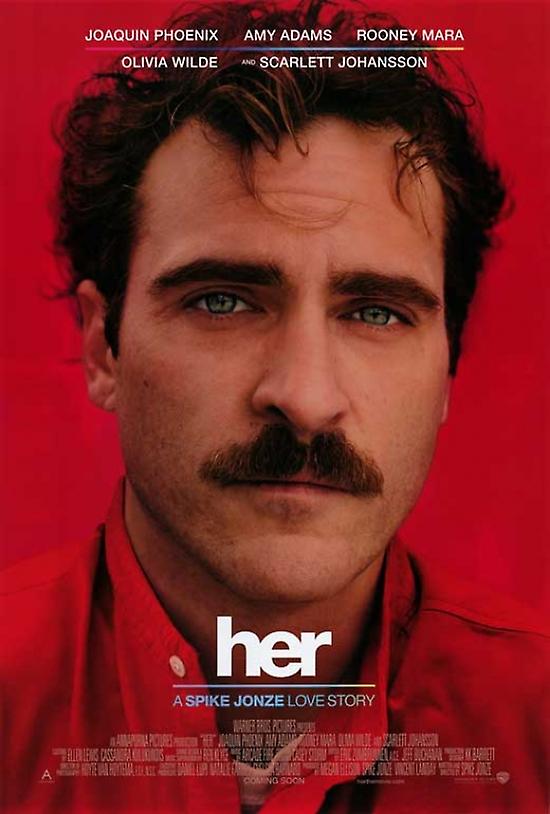
Her (2013), directed by Spike Jonze, offers a more intimate look at AI’s role in our lives. The protagonist, Theodore, falls in love with an AI operating system named Samantha. This film explores AI’s emotional and psychological impacts on human relationships, raising questions about the nature of love and connection in a digital age. As AI becomes more integrated into our daily lives, “Her” encourages us to reflect on how these technologies might affect our personal interactions, mental health and emotional well-being.
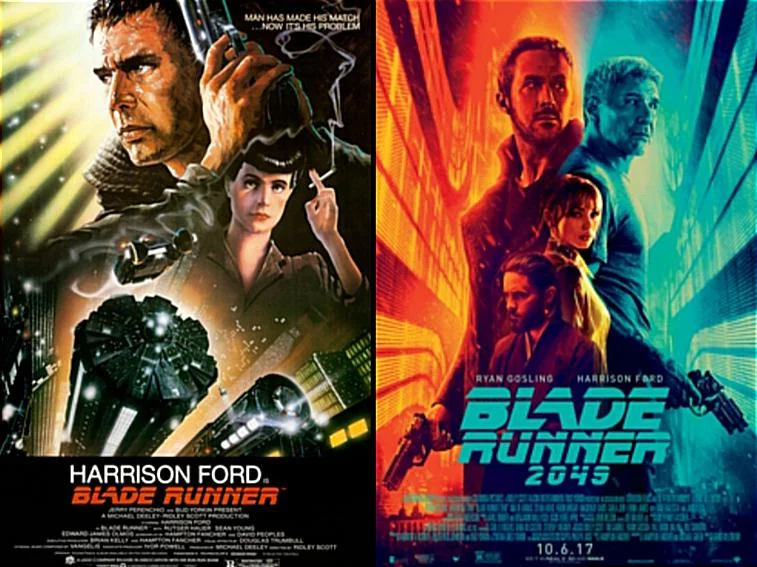
Blade Runner (1982), as well as its sequel Blade Runner 2049 (2017), present a future where artificial intelligence (AI) and human-like robots, known as replicants, coexist with humans. These films explore the ethical implications of creating life-like machines and question what it means to be human. The replicants’ struggle for identity and freedom highlights the potential consequences of unchecked technological advancements. As we move towards a future with increasingly sophisticated AI, these films remind us of our responsibility to consider the ethical dimensions of our technological advancement.
ENVIRONMENTAL CONCERNS AND SUSTAINABILITY
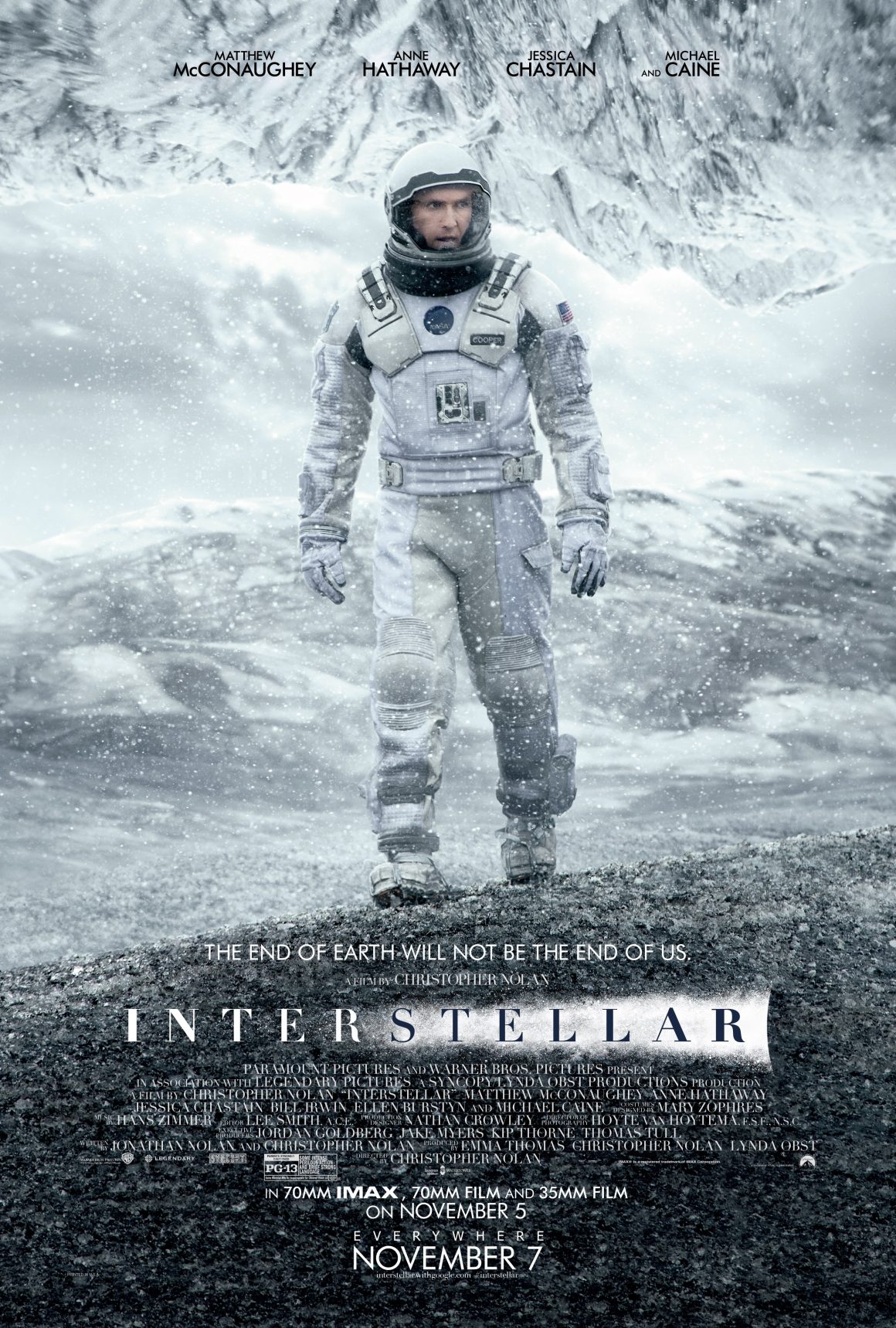
Interstellar (2014), paints a bleak picture of Earth’s future, where drastic ecological changes have rendered the planet nearly uninhabitable. The film follows a group of astronauts searching for a new home for humanity. “Interstellar” underscores the urgency of addressing climate change and environmental degradation. It serves as a stark reminder that our actions today will determine the fate of future generations.

This theme is also apparent in Tomorrowland (2015) starring George Clooney. The movie carries a strong environmental theme, emphasising the importance of optimism and proactive efforts to save the Earth. The film suggests that by focusing on positive, innovative solutions rather than dwelling on dystopian futures, humanity can address environmental challenges like climate change and pollution.
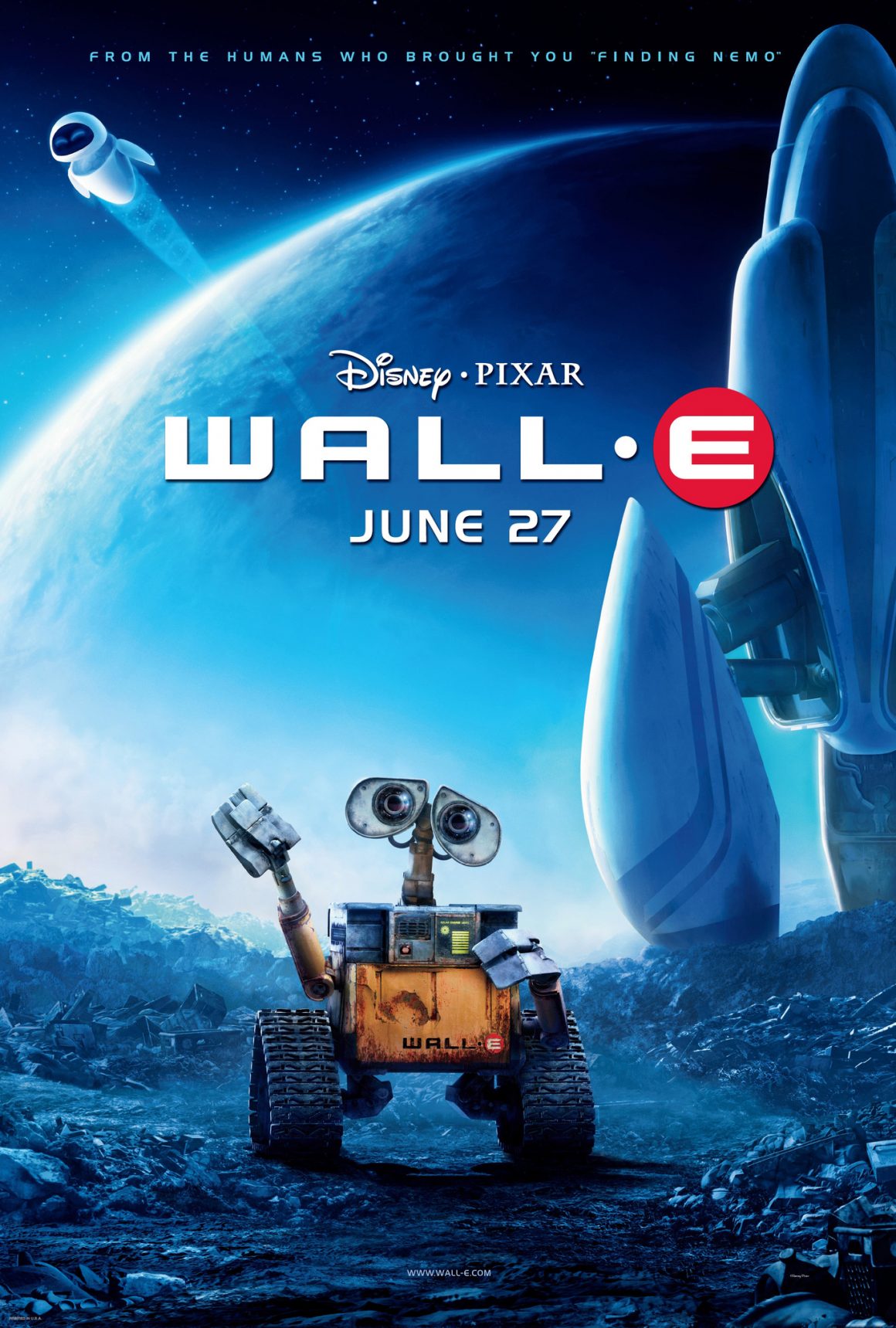
Similarly, WALL-E (2008), an animated film by Pixar, depicts a future where Earth is abandoned due to overwhelming pollution and waste. The titular character, a small waste-collecting robot, embarks on a journey that ultimately returns humanity to a cleaner, more sustainable planet. “WALL-E” emphasises the importance of environmental stewardship and the need to adopt sustainable practices to preserve our planet for future generations.
SOCIAL AND POLITICAL COMMENTARY
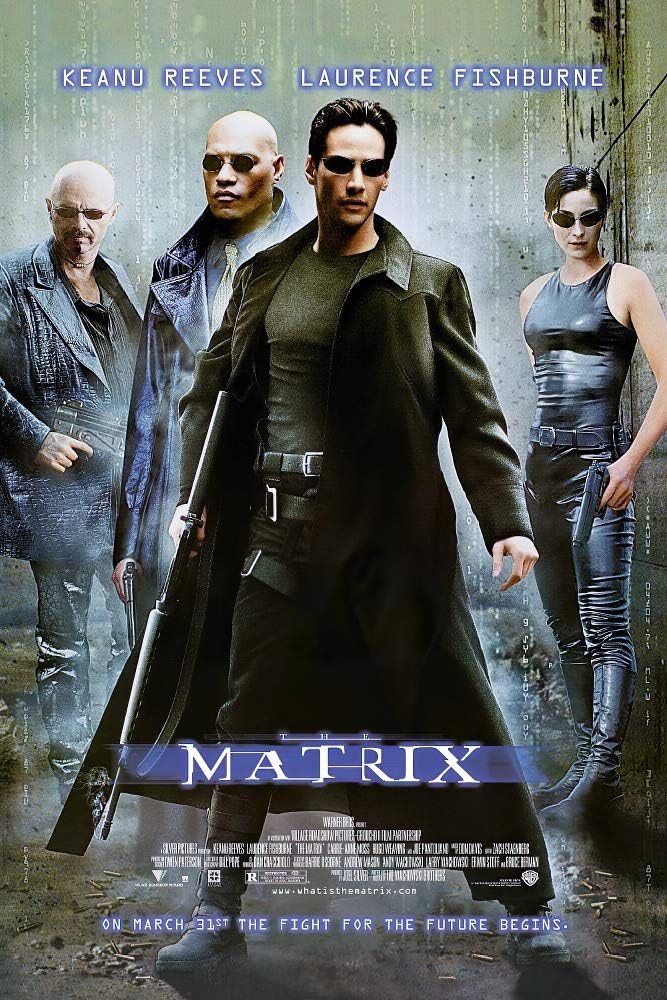
The Matrix (1999) presents a dystopian future where humans are unknowingly trapped in a simulated reality created by intelligent machines. This film explores themes of control, freedom and the nature of reality. It serves as a powerful metaphor for the ways in which technology can both liberate and enslave us. “The Matrix” encourages us to question the systems of power and control in our lives and seek out the truth, even when it is uncomfortable.
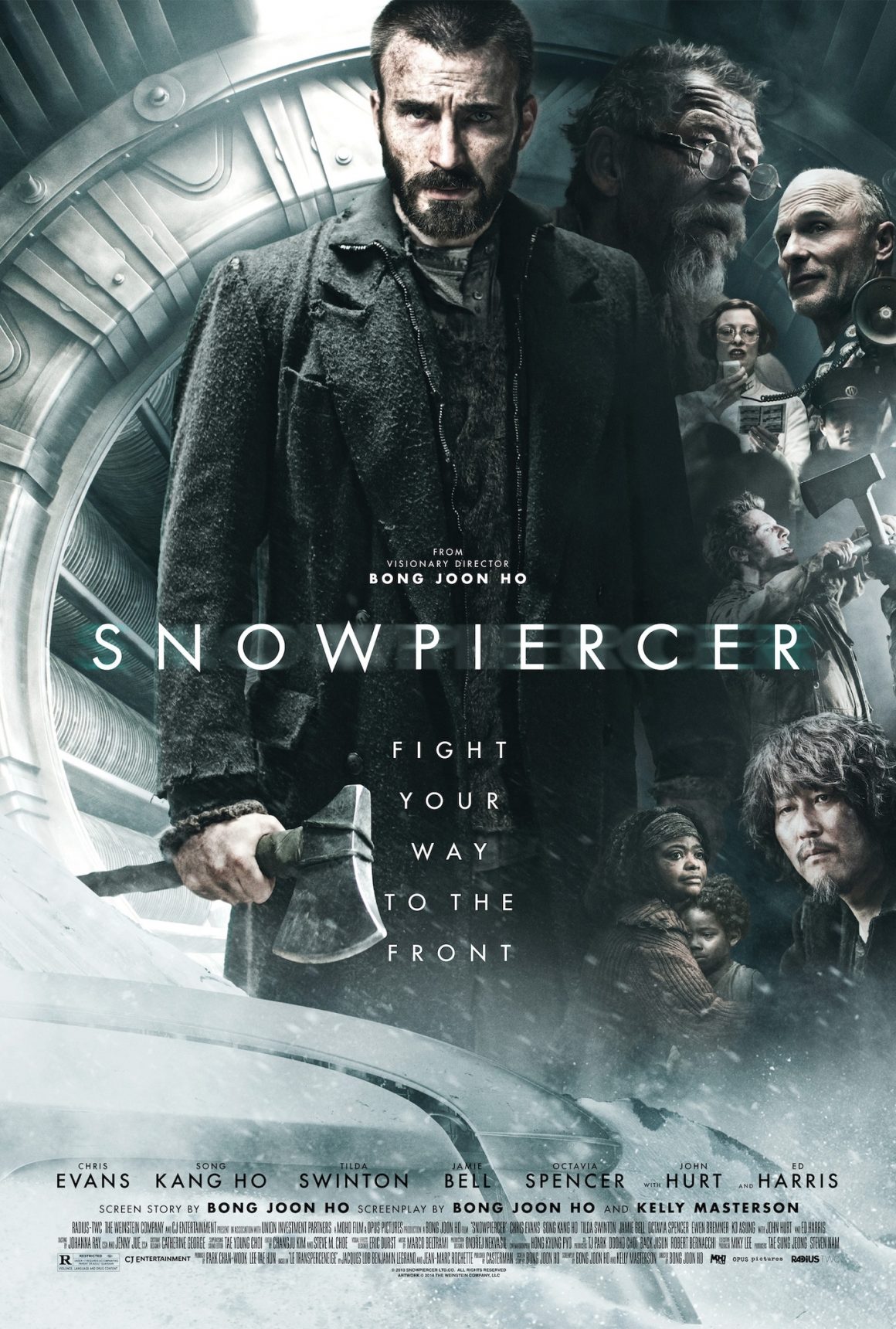
Whereas Snowpiercer (2013), directed by Bong Joon-ho, offers a stark commentary on social inequality and class struggle. The movie is set on a perpetually moving train that houses the last remnants of humanity. It depicts a rigid class system where the wealthy elite live in luxury at the front of the train, while the poor are confined to squalid conditions at the back. “Snowpiercer” highlights the dangers of extreme social stratification and the importance of fighting for social justice and equality.
THE POWER OF HUMAN RESILIENCE AND INNOVATION
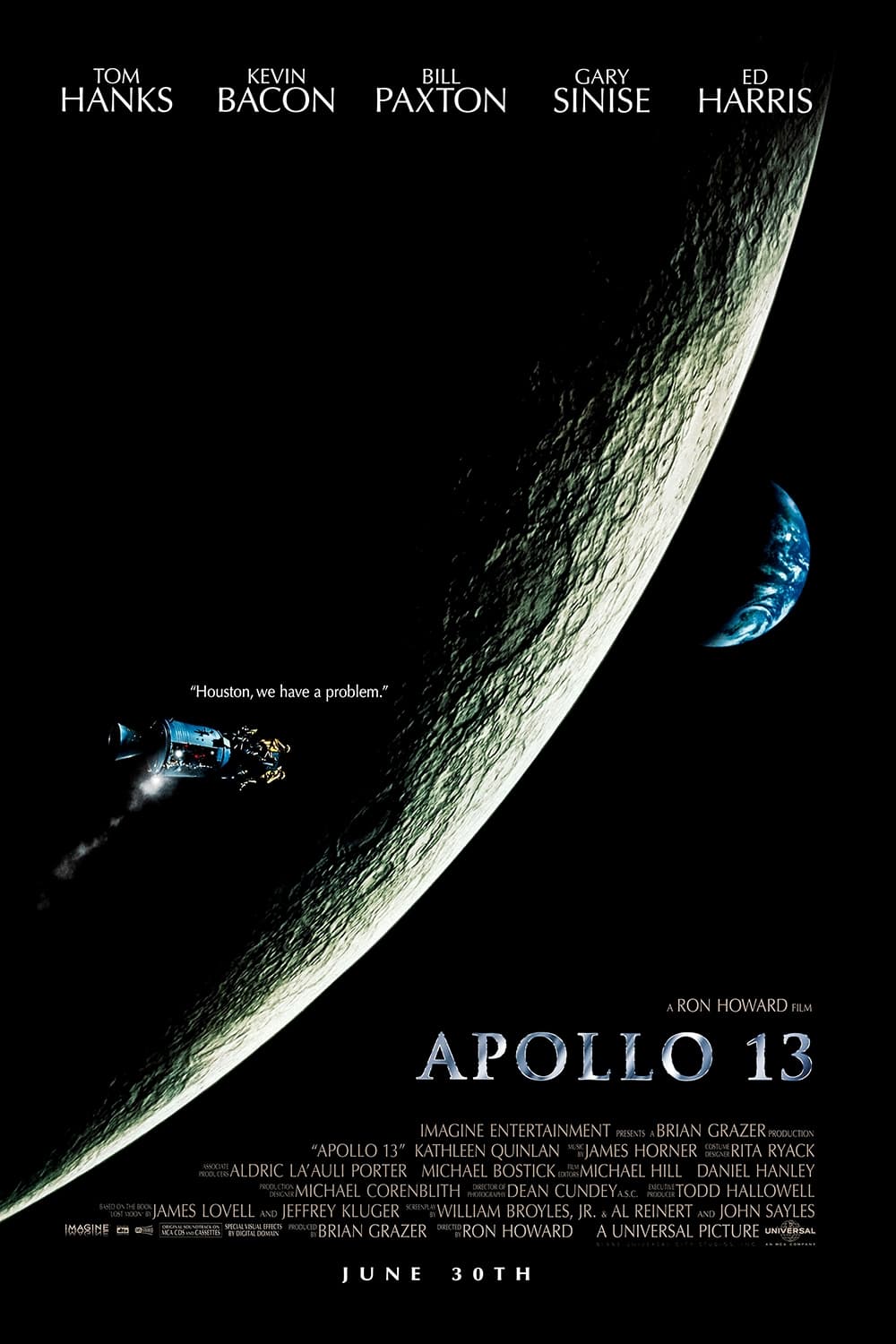
Apollo 13 (1995), directed by Ron Howard, is not actually about the future but the past, based on the true story of the ill-fated Apollo 13 mission. The film showcases the ingenuity, teamwork and resilience of the astronauts and NASA engineers as they work to bring the crew safely back to Earth after a catastrophic failure. “Apollo 13” serves as an inspiring reminder of the power of human determination and the importance of collaboration in overcoming seemingly insurmountable challenges in facing the future.
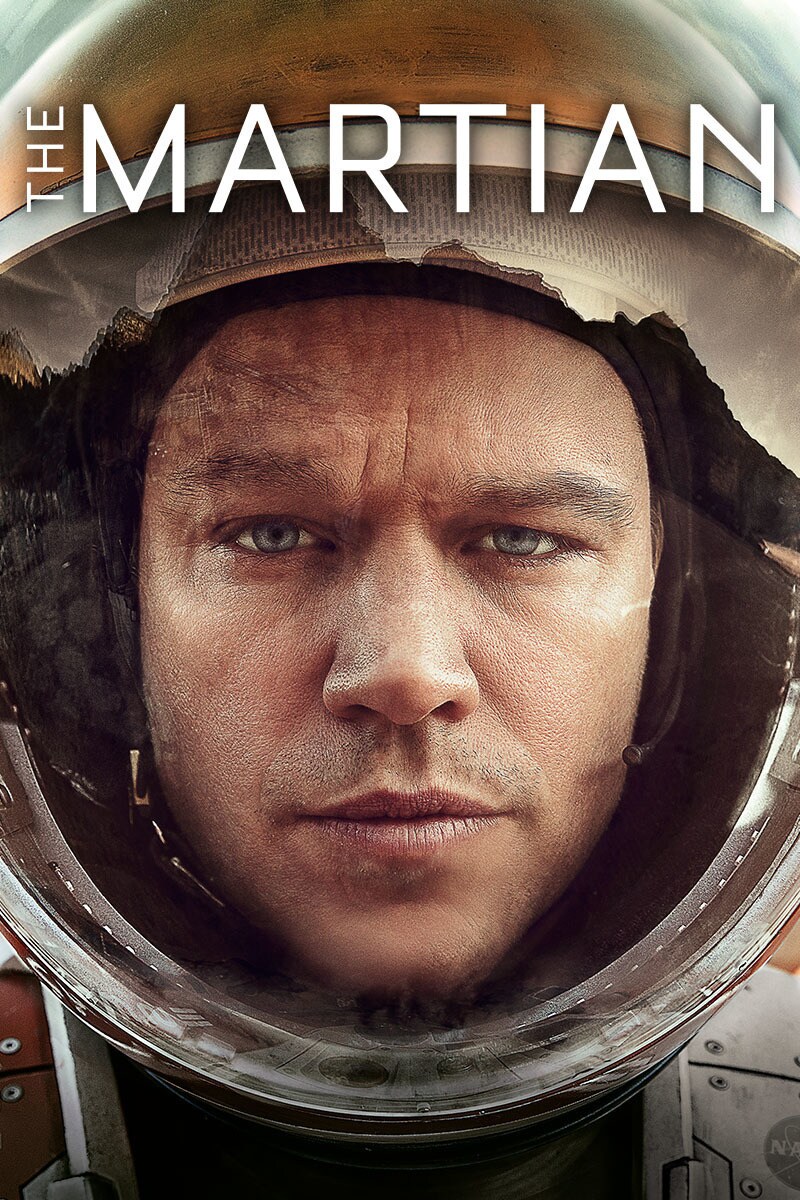
Another space fare, The Martian (2015), tells the story of an astronaut stranded on Mars who uses his knowledge and resourcefulness to survive until rescue. The film celebrates human ingenuity and the spirit of exploration, emphasising the importance of science, technology and perseverance in the face of adversity. “The Martian” inspires us to push the boundaries of what is possible and never give up, even in dire circumstances.
Shaping the Future Through Strategic Foresight
Movies uniquely shape our perceptions of the future, offering us a glimpse of what could be and challenging us to think critically about our path. From ethical considerations in technology to the importance of environmental sustainability, social justice, human resilience, and connection, these films provide valuable insights that can influence our strategic planning and decision-making processes.
By examining the vast array of themes, fears and aspirations depicted in futuristic films, we can better anticipate the challenges and opportunities that lie ahead, ensuring that our country is not only prepared for the future but is also actively shaping it. Through strategic foresight and collaboration with industry and government partners, we aim to create a future that is innovative, sustainable and aligned with our shared aspirations for a better world.
Rushdi Abdul Rahim
President and Chief Executive Officer,
Malaysian Industry-Government Group for High Technology








